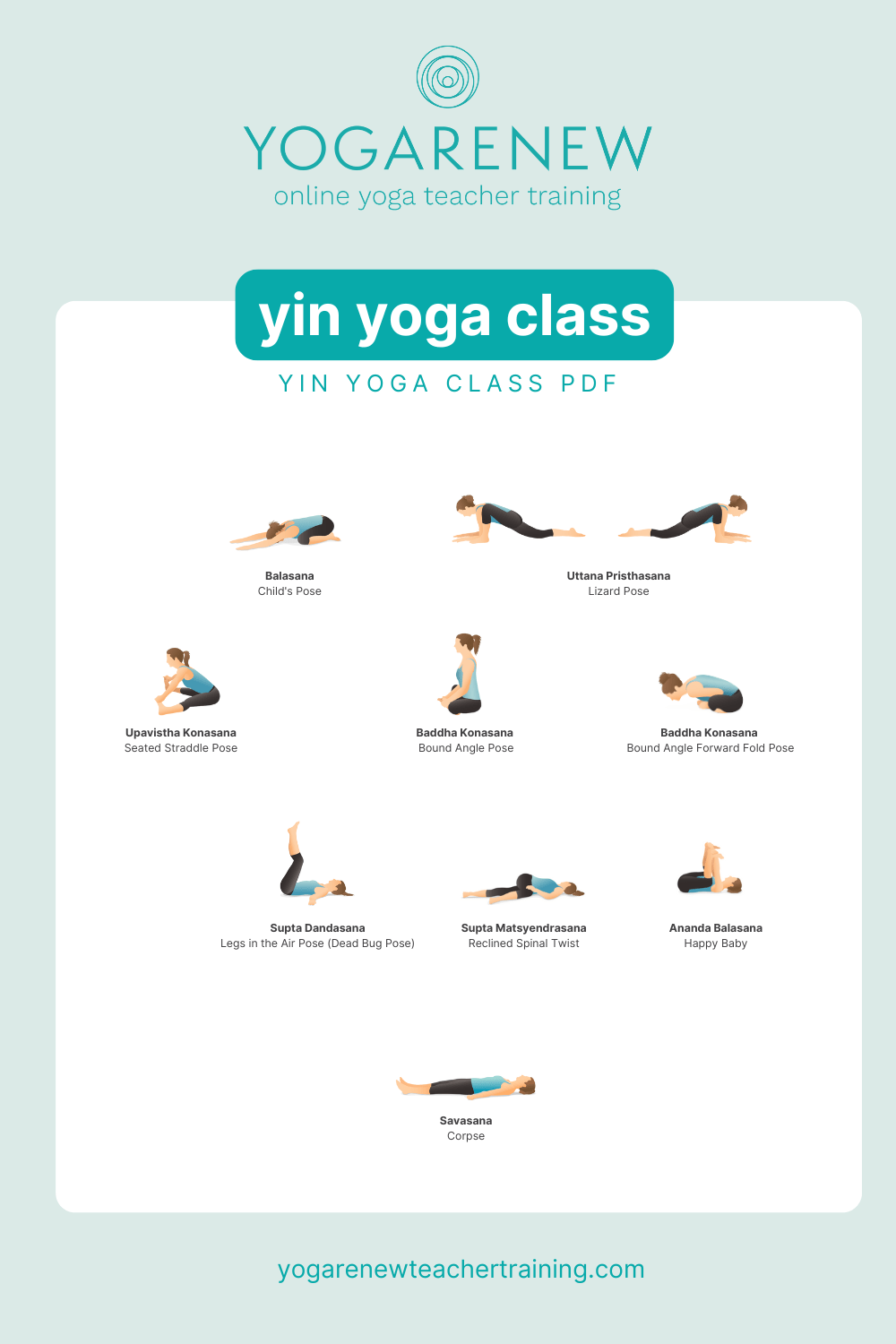
"Bring your knees wide (option to go as wide as the yoga mat) Bring your big toes to touch Extend your arms forward Allow your forehead to rest on the mat or a block Invite your breath to deepen For a side body stretch, walk your hands to the right, placing the left palm on top of the right if that feels accessible Breathe into the space between your ribs Mantra/Cue: "With every exhale, soften the weight of your body toward the earth.""
"Step your right foot outside your right hand Lower your back knee Come down to your forearms on blocks or the mat Support your body as needed Repeat on the left side Mantra/Cue: "Notice the sensations without trying to change them. This is a space to observe, not to fix." Transition/Coming Out of the Posture: Step gently back to tabletop, then slowly come to a seated position."
"Extend your legs wide in a comfortable V-shape Use a bolster or block to rest your forearms or forehead or sit upright Let the spine round gently if you choose to fold forward - option to remain upright, hooking the big toes with your peace fingers Mantra/Cue: "Let go of striving. Allow gravity to guide the fold, not force." Transition/Coming Out of the Posture: Gently roll up one vertebra at a time."
Designed for approximately 60 minutes, the sequence uses a bolster or pillows, blanket, blocks, and wall space to support long-held yin postures. Poses include Child's Pose with side body stretch, Lizard Lunge with back knee down, Wide-Legged Seated Forward Fold (Upavistha Konasana), and Bound Angle Pose, each held several minutes per side. Breath cues invite softening and spaciousness while mantras encourage observation, letting go, and non-striving. Transitions emphasize gentle movement—walking hands back to center, stepping to tabletop, and rolling up vertebra by vertebra—to preserve calm and stability. The practice cultivates mindful awareness of sensations without attempting to fix them.
Read at YogaRenew
Unable to calculate read time
Collection
[
|
...
]